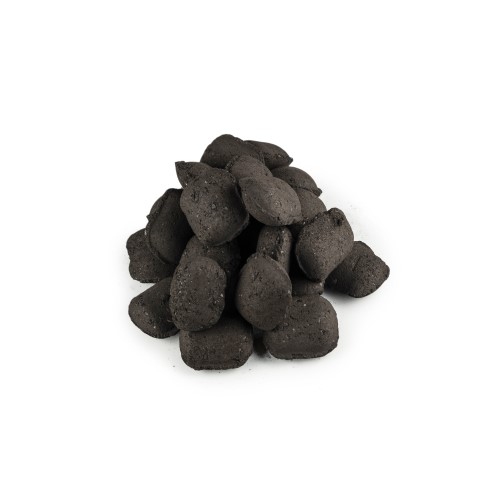CAP (Climate Action Plan)
Implement the CAP (Climate Action Plan) way
This will support the local and international initiative to reduce the vulnerability to climate impacts and to achieving the 17 UN SDGs (Sustainable Development Goals).
“A nation that destroys its soil destroys itself. Forests are the lungs of our land, purifying the air and giving fresh strength to our people.” FRANKLIN D. ROOSEVELT

Benefits of CAP
Improved air quality
positive impact on local communities & safety
access to safe water
Improved standards of living & services
Access to affordable & efficient transportation options
Job creation & better quality jobs
Inclusive to vulnerable groups
Improved health & wellbeing for all
Why Briquettes ?
Every year, millions of tonnes of agricultural wastes are generated. These are either thrown away or burnt inefficiently in their loose form, causing air pollution. What many may not know is that these agricultural wastes can provide a renewable source of energy by simply converting them into high-density briquettes.
“The environment is where we all meet; where we all have a mutual interest; it is the one thing that all of us share.”
– LADYBIRD JOHNSON
The Process Inputs
Some of the commonly-used raw materials in the manufacturing of briquette are
Rice Husk
Rice straw
Sugar cane trash
Saw dust
Cotton stalk
Bagasse (sugar cane)
Wheat straw
Maize stalk
Sugar mill waste
“You cannot protect the environment unless you empower people, you inform them, and you help them understand that these resources are their own, that they must protect them.” – WANGARI MAATHAI
Industries where our Products can be used

Brick Kilns

Bakery Industry

Rubber Industry

Chemical Plants Food Processing Units

Paper Mills

Hotels/Lodges/Restaurants

Laminate Industry

Textile Mills

Spinning Mills

Milk Plant and Dairy

Dyeing House

Dryer and Oven for Generation of hot air

Solvent Extraction Plants

Leather Industry

Vegetable Plant



